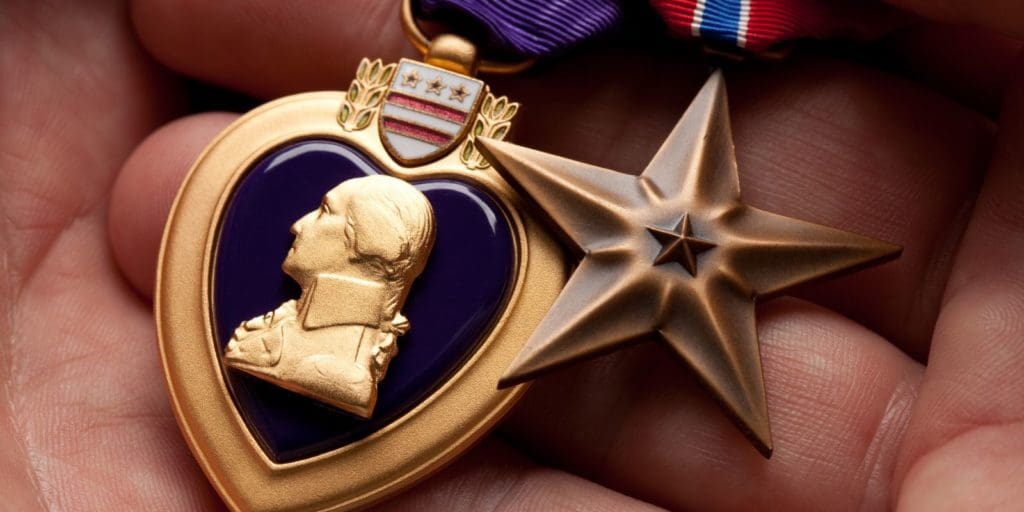War medals are awarded to military personnel in recognition of their service, bravery, and dedication during times of conflict. These medals not only honour the individual recipients but also serve as a lasting reminder of the sacrifices made by countless soldiers throughout history. Identifying different war medals can be an exciting and educational pursuit for collectors, historians, and family members alike. In this blog, we will explore various ways to identify different war medals, helping you to appreciate their significance and history.
Understanding the Basics of War Medals
Whether you’re a collector, a historian, or someone looking to sell old war medals, understanding the basics of war medals is essential. Medals can generally be classified into several categories, such as campaign medals, gallantry medals, and long-service medals. Each category has its unique characteristics and criteria for awarding, making it essential to learn the differences between them.
Examining the Design and Inscriptions
One of the most straightforward ways to identify different war medals is by examining their design and inscriptions. Most medals feature specific designs and inscriptions that can help you determine their origin, the conflict they relate to, and the type of award. Some key elements to look for when identifying war medals include:
- Obverse (front) design: The obverse of a medal often features a portrait, symbol, or emblem associated with the issuing country or organisation.
- Reverse (back) design: The reverse of a medal may feature a scene, inscription, or emblem that provides information about the conflict or the reason for the award.
- Edge inscriptions: Some medals have inscriptions along the edge, which can include details about the recipient, the awarding authority, or the medal’s specific purpose.
Ribbon Colours and Patterns
The ribbon attached to a war medal can provide valuable information about the medal’s origin and purpose. Each medal typically has a unique ribbon design, consisting of different colours and patterns. These colours and patterns are often chosen to represent specific aspects of the conflict, the country, or the military unit involved.
When identifying a war medal, it’s essential to carefully examine the ribbon and compare it to known examples from reference books, websites, or other reliable sources. Keep in mind that ribbon colours can fade over time, so the colours you see on an old medal may not perfectly match those of a new or well-preserved example.
Award Criteria and Recipient Information
Understanding the criteria for awarding a specific medal can help you identify and differentiate between various war medals. For example, some medals are awarded for participation in a particular campaign or battle, while others recognise acts of bravery, long service, or other achievements.
In some cases, you may be able to find information about the medal’s recipient, which can help confirm its identity and provide valuable context about the award. Records of military service, medal rolls, and other historical documents may contain information about individual medal recipients and their awards.
Research and Reference Materials
To accurately identify different war medals, it’s essential to have access to reliable research and reference materials. There are numerous books, websites, and other resources available that can help you learn about different medals, their designs, and their history. Some popular reference materials for identifying war medals include:
- Medal catalogues: These books provide detailed information about various medals, including photographs, descriptions, and award criteria.
- Military history books: Books focusing on specific conflicts, military units, or periods can provide valuable context for understanding and identifying war medals.
- Online resources: Websites dedicated to military history, medal collecting, and related topics can be a valuable source of information for identifying different war medals.

